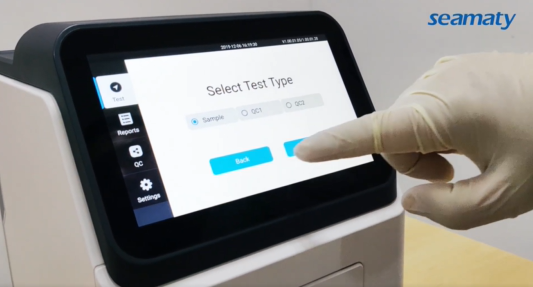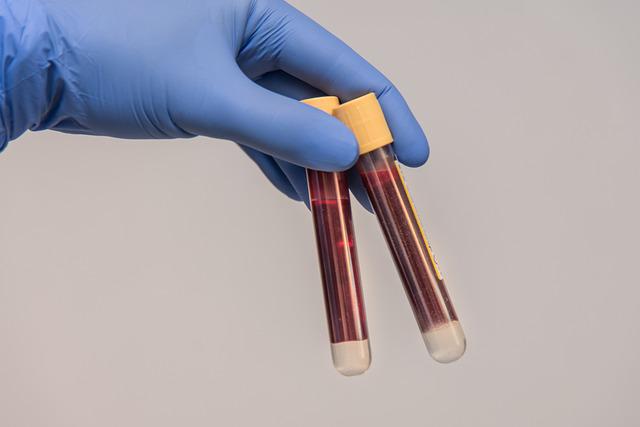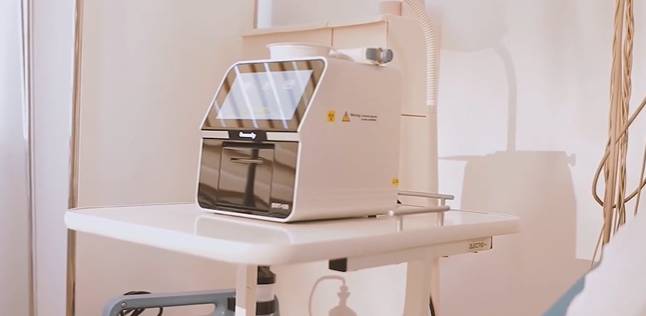release time:2022-07-11 14:54:57
Clinical chemistry is the application of analytical techniques and instrumentation to the diagnosis and treatment of disease. The use of these techniques and instruments has increased the accuracy and speed of diagnosis, as well as the ability to detect and monitor disease progression. In this blog post, we will discuss some of the most common analytical instruments used in clinical chemistry. We will also discuss how each instrument is used to improve patient care.

Analytical instruments play an essential role in clinical chemistry, providing accurate and precise measurements of various analyses in biological samples. The most common type of analytical instrument is the spectrophotometer, which uses light to measure the absorbance of a sample. Absorbance is directly proportional to the concentration of the analyses, making spectrophotometry an accurate and precise method for quantifying analyses. Other common analytical instruments include chromatography systems, which are used to separate and identify analytes, and mass spectrometers, which are used to measure the mass-to-charge ratio of ions. These instruments play a vital role in clinical chemistry, providing critical information about the composition of biological samples.
2. Types of analytical instruments in clinical chemistry
There are many different types of analytical instruments used in clinical chemistry, each with its own unique capabilities and applications. The most common types of instruments used in clinical laboratories include:
20. Shimadzu LCMS-8050 Triple Quadrupole LC/MS System
Each of these instruments has its own unique capabilities and applications.
Each of these instruments has its own unique capabilities and applications, and each can be used to perform a variety of analytical tasks in clinical chemistry.
3. How to choose the right analytical instrument for your needs
When it comes to choosing the right analytical instrument for your needs, there are a few things you need to keep in mind. First, you need to consider what type of analysis you will be doing. Will you be looking at small molecules, or large ones? What kind of detection limit do you need? How sensitive does the instrument need to be?
These are just a few of the questions you need to ask yourself before making a purchase. Once you have a good understanding of your needs, you can start shopping around for the right instrument. There are a number of different manufacturers out there, so take some time to compare products and prices.
You should also make sure that you buy from a reputable dealer. There are a lot of scammers out there, so you need to be careful. Do some research on the dealer before making a purchase, and make sure that they have a good reputation.
If you follow these tips, you should be able to find the right analytical instrument for your needs without any problems. Just take your time, do your homework, and you'll be able to find the perfect device for your needs. Happy shopping!
4. Advantages and disadvantages of different types of analytical instruments
Advantages
Disadvantages
Conclusion

2022-08-09
A blood chemistry analyzer allows vets to see various markers and increase harmful chemicals in animal blood. Every vet needs to diagnose the chemical composition of animal blood for accurate diagnosis and prescription.

2021-11-22
Common sample abnormalities in clinical laboratory medicine include hemolysis, lipemia and jaundice, and of course veterinary clinics are no exception. The overindulgence of pets has led to an imbalance in food intake, resulting in an increase in the number of pets with hyperlipidemia. Also, many of the pets that require biochemical testing are emergency cases. They do not undergo a 12-hour food evacuation period. Others undergo biochemical testing after intravenous injection of fat milk. These are some of the conditions that lead to an increased likelihood of lipemia in pet samples. Here we will learn more about lipemia samples.

2021-09-14
Last time we introduced the 6 disadvantages of POCT test and the solutions. Now let's understand the remaining 3 disadvantages together.